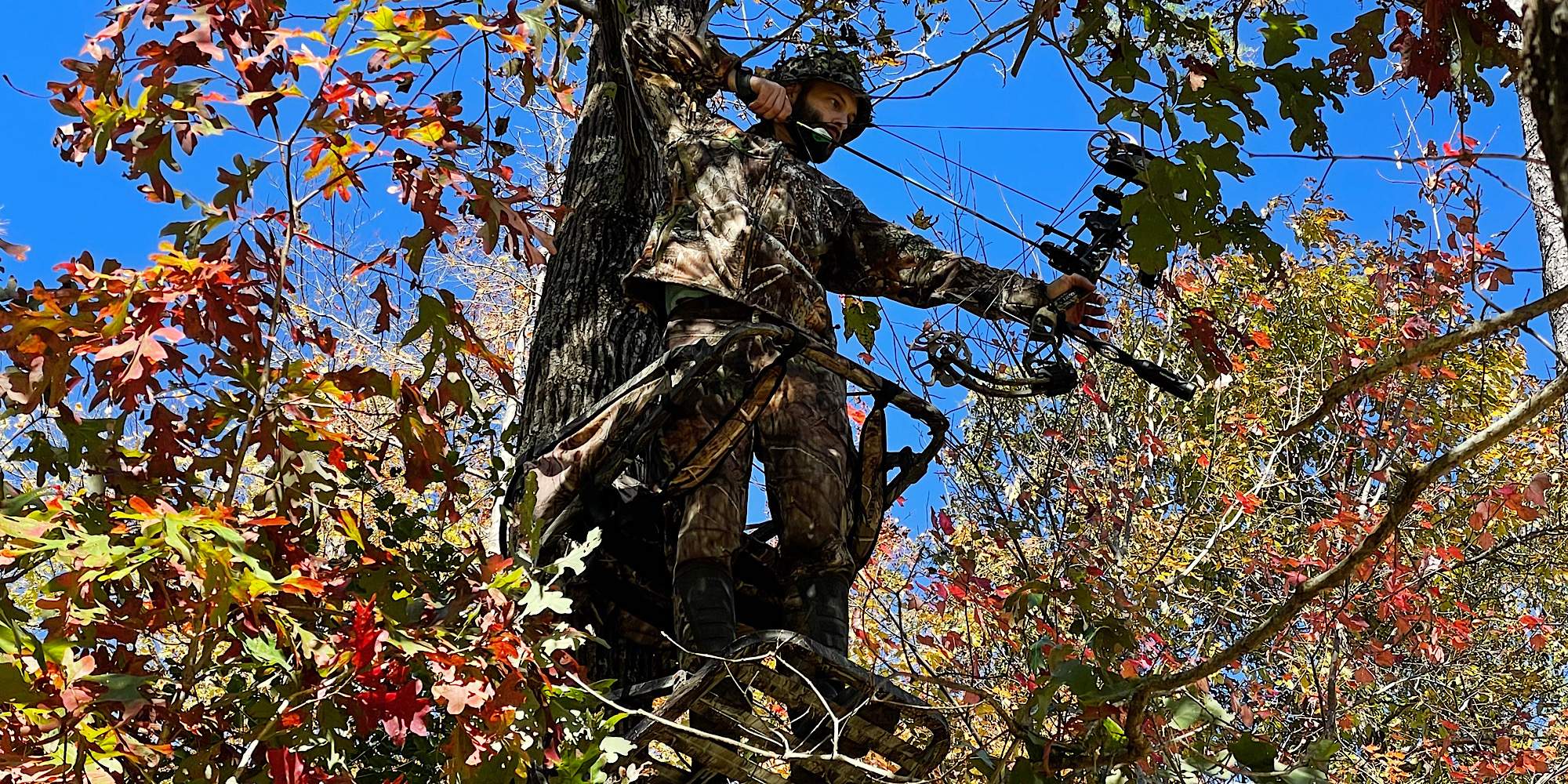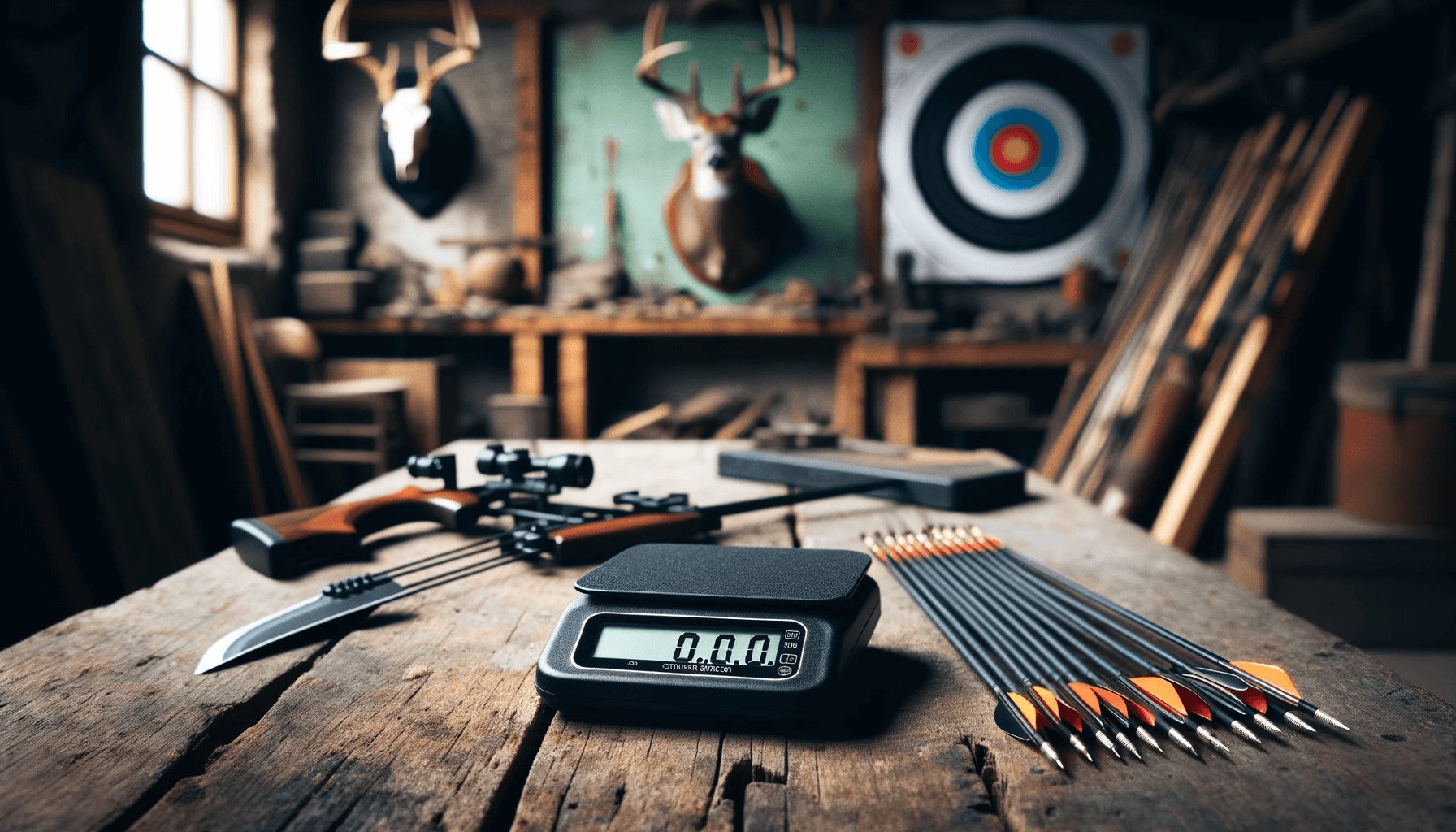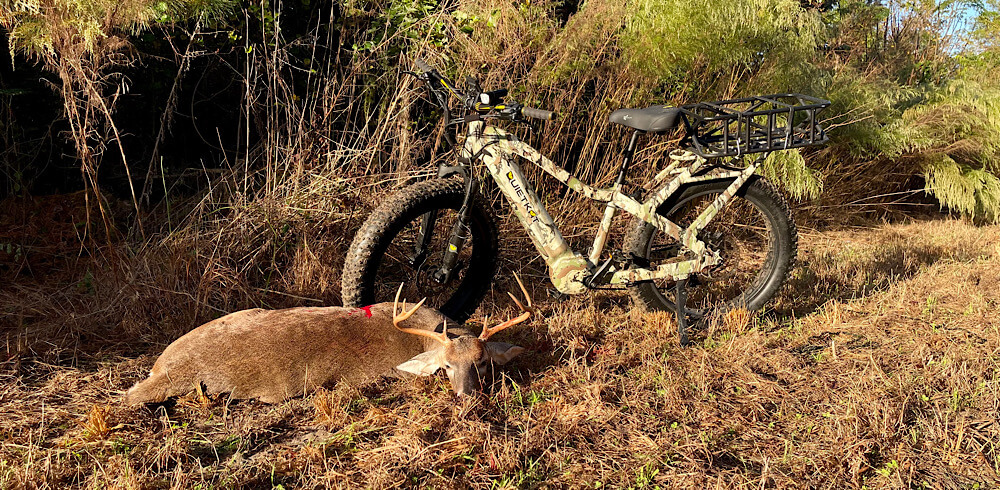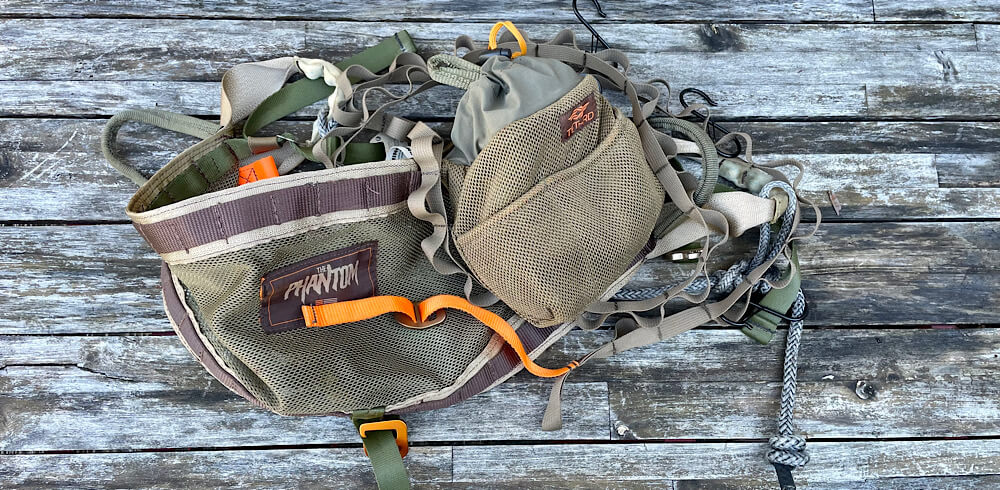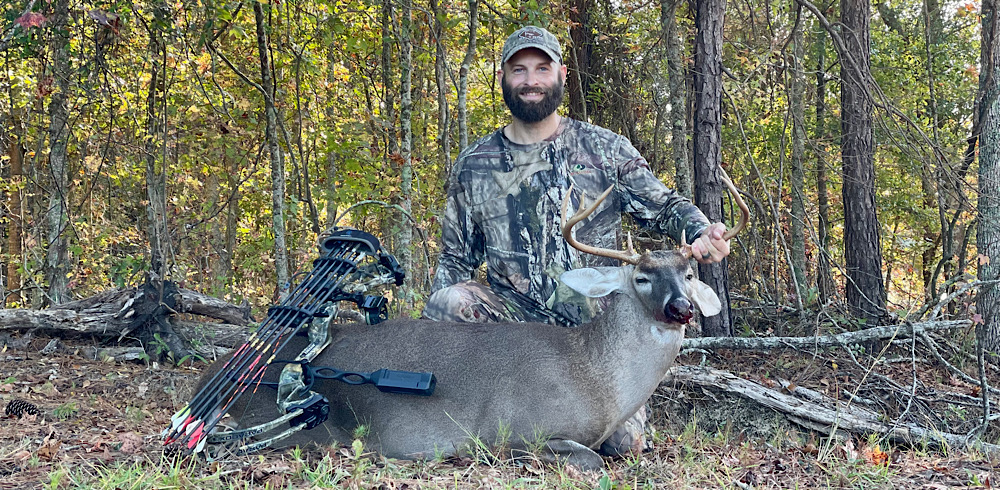Lightweight Climbing Tree Stands
Let’s face it – getting 20 feet up a tree is hard work no matter what the method, but for those who do their homework with regards to tree selection – and who also eat their Wheaties in the morning – a lightweight climbing stand is one of the most time-tested methods for taking home the venison. Keep in mind that lightweight climbing tree stands aren’t so lightweight when compared to other stand types, but some are lighter than others and we’re going to focus on those. You never want to sacrifice quality for weight when it comes to sitting halfway up a tree, so we’re going to stick with quality brands that offer lightweight models, such as those made of aluminum. An aluminum climbing tree stand is going to offer a much lighter frame when compared to steel.
How To Use A Climbing Tree Stand
If you’re wondering how to use a climbing tree stand, don’t worry. Using one is not hard. It just takes a little practice to do it quickly and quietly. Whether a climbing stand has you facing away from the tree or facing toward the tree at climbing height, the way you climb is typically going to be the same.
You’ll attach your upper piece (seat) and lower piece (platform) to the tree. If the tree diameter gets only slightly smaller as you go up, you’ll want to attach the lower piece (platform) at a slightly backward-leaning position. However, if the tree gets much smaller as you go, you’ll want to attach the lower piece at a much greater backward-leaning position. This will compensate for the smaller diameter of the tree at hunting height and will allow your platform to sit level once you reach it. Your upper piece and lower piece should be attached by a supplied rope or fabric of some kind. That way, if the bottom portion becomes disconnected from your feet at some point, it can’t fall to the ground, leaving you stranded up the tree. Make sure the length of that connection is short enough that in the case of a disconnect, you are still able to reach it with your feet. Now, back to the climb.
Once you climb into the climbing tree stand, you’ll place your feet under the stirrups, with them being tightly secured. You’re now ready to ascent the tree. You’ll lift the upper piece, push down so it bites securely into the tree, raise the bottom piece with your feet, then push down, forcing it to bite into the tree as well. You’ll simply continue that process until you reach your desired hunting height. That brings us to one of the greatest benefits of lightweight climbing tree stands – they’ll climb as high as the tree will allow and as high as you want to go. Once you reach hunting height, you’ll want to attach your safety harness to the tree. Always wear a safety harness. It’s not worth the risk, and no stand, no matter how well-constructed, can prevent you from falling. Only a quality safety harness can do that when used properly. Only after connecting yourself to the tree should you begin pulling up your gear.
Considerations With A Climbing Tree Stand
The main consideration with a climbing tree stand is choosing a straight tree with no limbs, unless you’re prepared to do some trimming beforehand, or on the way up the tree for your first sit. Another consideration is the amount of metal-on-metal contact involved with many climbing stands. You’ll want to tape or pad any contact points where the two pieces could clank together on your walk in or out. Remember that not spooking deer on your exit is equally as important as not spooking them on your entry, unless you don’t plan to hunt in that area again.
The Best Climbing Tree Stand For Bow Hunting
Seeing as how this is a bow hunting website and many lightweight climbing tree stands aren’t necessarily made for bow hunting, I feel that we need to consider what would actually make the best climbing tree stand for bow hunting.
Using a rifle requires very little movement. You set it up on a shooting rail and aim. Past that, your finger is the only thing that has to move. As you know, shooting a bow requires a great deal of movement. The front rail of many climbers will hinder you from making shots straight out in front of you while seated. With this being said, if you intend to only shoot while standing, your options are wide open. If, however, you’d like the option to sit while shooting, you’ll need to be a little pickier with your stand choices. Seats that rest a little higher in relation to the safety rail are ideal for shooting while seated. If you don’t want the restriction at all, allow me to introduce you to the Lone Wolf climbing tree stand. Take a look at their line of climbers. You’ll see that they allow for unencumbered shooting at any angle. The drawback is obviously safety. Without the front railing, you will need to exercise a little more caution while ascending the tree before connecting your safety harness.
Below, you’ll find great, lightweight climbing tree stands to choose from. If you’re looking for an alternative to climbing tree stands, such as lighter or less constricting options, read this article on saddles or this one on hang on stands!
Climbing Tree Stands
Summer Viper SD Climbing Stand
The Summit Viper SD Climbing Stand is patterned in Mossy Oak Breakup Infinity. Its aluminum construction makes it a light climbing option at just 20 pounds. It can hold up to 300 pounds, which should be plenty for anyone looking to use a climber. This stand includes a full-body safety system. The Summit Viper SD boasts a floating foam seat and full-perimeter frame, so you’ll stay comfortable and safe. Summit’s Quickdraw retention cable system is quick and quiet, allowing for a fast connection to the tree when time is of the essence. Other features include SummitLokt (joints locked in place before welding), DeadMetal (less metal-on-metal contact) and RapidClimb stirrups.
Summit Viper Steel Climbing Stand
The Summit Viper Steel Climbing Stand is very similar to its aluminum counterpart, the Viper SD. The main differences are the lower price and the higher weight, which seems to be the reason for the lower price tag. Being made of steel, this climber weighs in at 29 pounds vs. the 20-pound Viper SD. This stand comes equipped with all the same features as the Viper SD, including the QuickDraw retention system. It holds up to 300 pounds and is finished in a brown powder coat. The seat height is adjustable and the foam seat has been thickened for added comfort on long sits. All-in-all, when deciding between the Summit Viper and Summit Viper SD, it’s going to come down to price and weight. Aside from that and the color, they’re basically the same stand.
Summit Goliath SD Climbing Stand
The Summit Goliath SD Climbing Stand is the perfect balance between comfort, roominess and weight. This stand has all the features of the Viper SD, including the QuickDraw retention system, DeadMetal (less metal-on-metal contact), SummitLokt joints and RapidClimb stirrups, but has a wider top to accommodate larger-framed hunters. Made of aluminum, the Goliath SD holds up to 350 pounds and weighs in at just 21 pounds. It’s finished in Mossy Oak Breakup Infinity for ultimate concealment. The price may be a little higher than the alternative, but like most things, you get what you pay for. And you get a lot with the Summit Goliath SD Climbing Stand.

